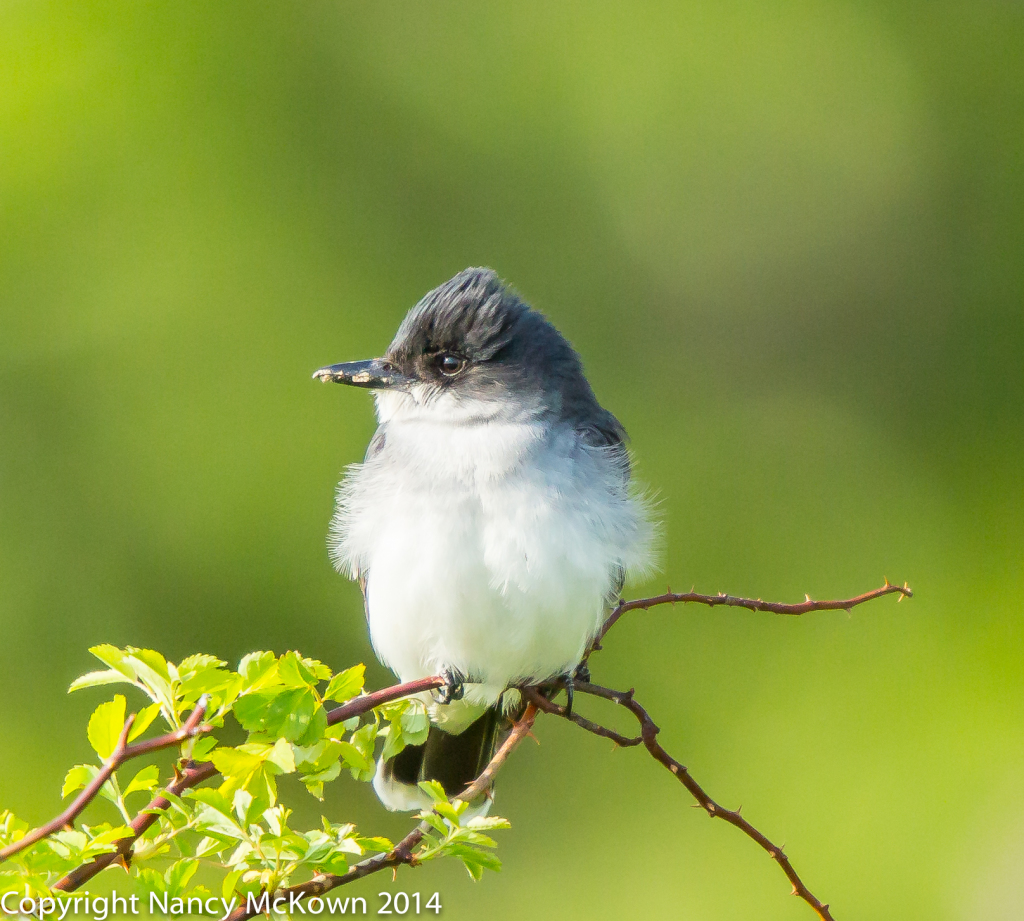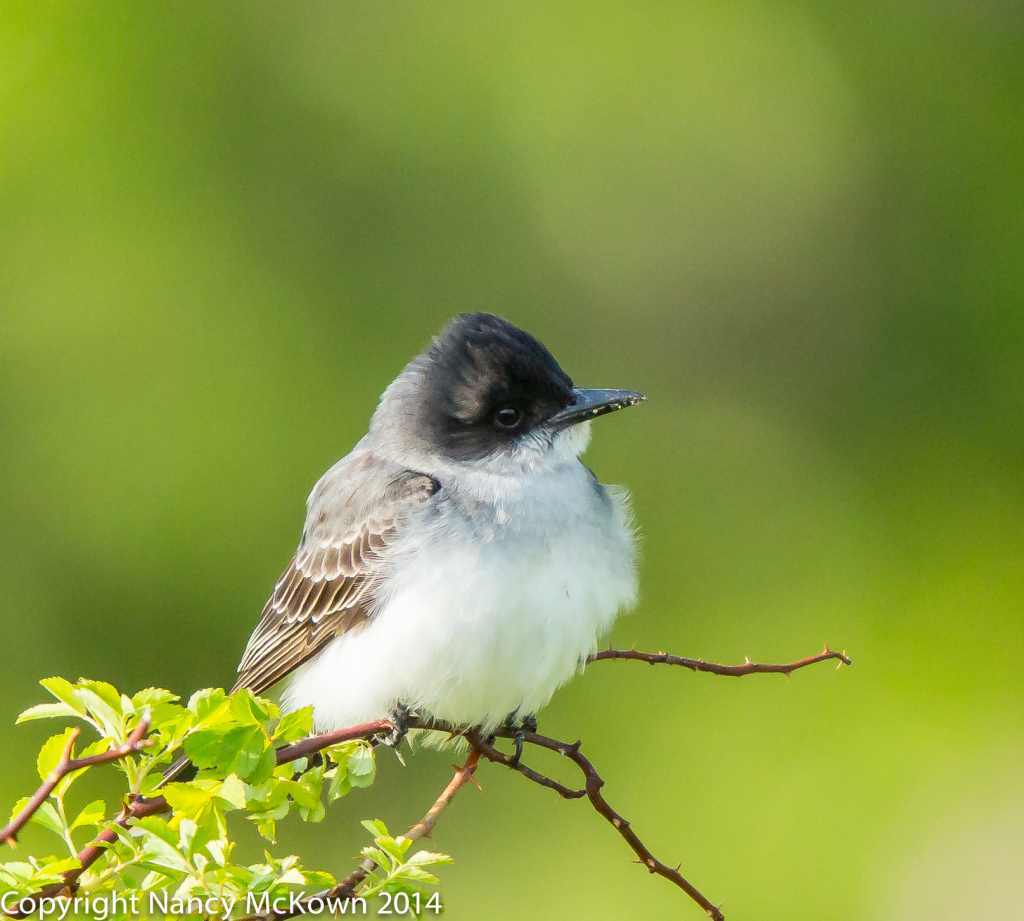The Magic of Autofocus
Imagine bird photography using only manual focus. How is it even possible to nail the focus of a bird zig-zagging in flight without the magic of autofocus? My rate of achieving sharp photos would be minuscule if I had to manually focus a heavy lens while tracking a bird and then pressing the shutter just right.

ISO 1250; f/8; 1/1600 Second
Continuous Autofocus
When the birds are relatively still, I use one-shot auto focus. (I usually keep my camera set on one-shot auto focus.) However, in windy conditions, it’s fun to experiment with the speed and precision of continuous autofocus – especially when photographing erratic bird movement.
With continuous focus, as long as I can keep at least one of the AF points on my target bird, I know that the photos will be in-focus. The camera’s processor works overtime to constantly predict and calculate what might happen next, not once, but hundreds of times. All I have to do is make sure the shutter is set fast enough to capture the action.

ISO1250; f/8; 1/1600 Second
Hunting for a Focus Lock in Windy Conditions
It’s easier to use continuous autofocus on a large bird, but I decided to try it on a windy day when I came across the relatively small and active Eastern Kingbird. This individual was on the move in and out of the thorny branches while a 10-15 mph wind blew branches, grass, and my long lens about. The focusing mechanism was noisily hunting in and out, trying to achieve focus.
Focusing Range
The Canon 500 mm 4.0L II IS USM telephoto lens has 3 specific options from which to choose a working distance or focusing range. A focus limiter switch on the lens barrel allows you to choose from 3 distance ranges: 4.5m to 10m, 10m to infinity, or 4.5m to infinity. If the bird is within range and you set the lens to the shorter focusing distance, you cut back on the distance (and thus the time) that the lens has to search to achieve a focus lock on the target.
I must admit that I always keep both my 300mm and my 500mm lenses set to the largest available focusing distance: distance to infinity. This is because most of the time, bird sightings are unpredictable – I want to be ready for any distance eventuality. If there is time to adjust the distance settings on the lens, all the better.
This time I took my chances and set the 500 mm lens to 4.5m to 10m. The shorter hunt distance would allow a faster fix on focus and hopefully a clear shot of the Eastern Kingbird as he bobbed about.
It worked. Looking at the photos, you might assume it was a calm bird on a calm day. The Kingbird’s feathers look a little blown back, but the continuous focus, shorter distance range and relatively high shutter speed came together to achieve these 2 sharp images.
I’m going to use the shorter focusing range option more often.
For more information on the trials and tribulations of focusing…..
See this post on manual focusing.
See this post on Fast Focusing Technology.









